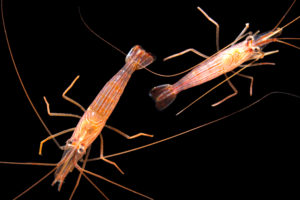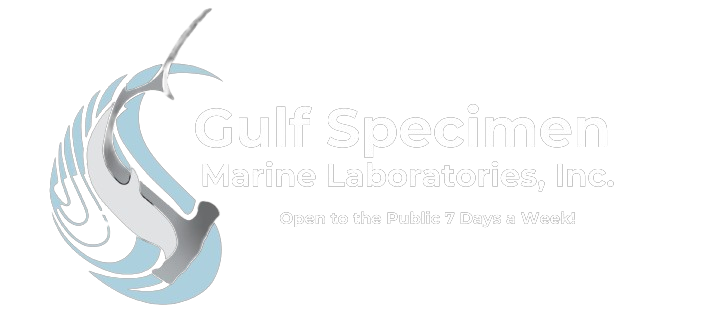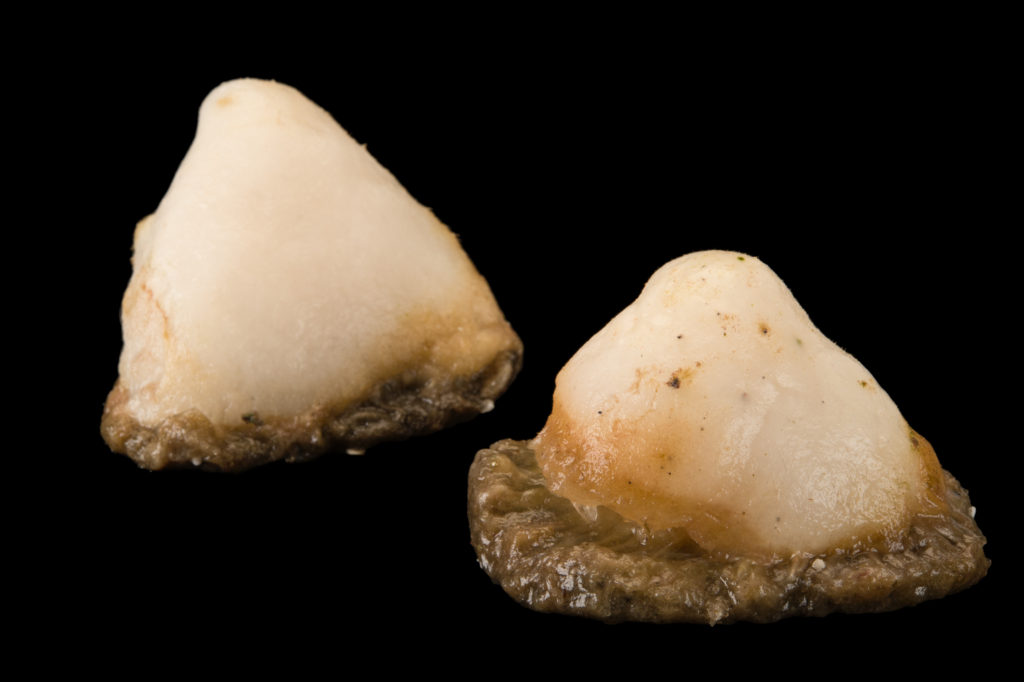Shrimp
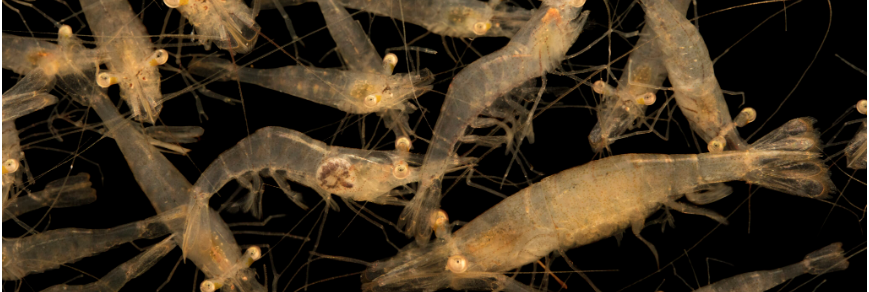
Decapod crustaceans are probably the most important of all the invertebrates in the sea, as far as man is immediately concerned, because they are the most highly prized as food. Predatory fish also love decapod crustaceans. If you examine their stomach contents chances are there will be shrimp and small crabs. Here are a few of the many shrimp from the Gulf of Mexico.
Watch shrimp videos on youtube.com
Shrimp Fever . Shrimp Running On A Treadmill . Pistol Shrimp
Cleaner Shrimp In Papua New Guinea . Red Bee Shrimp
$135.00 – $270.00
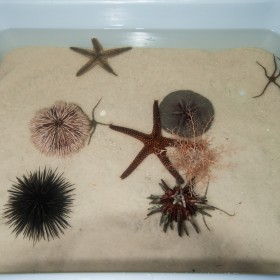
$135.00 – $270.00
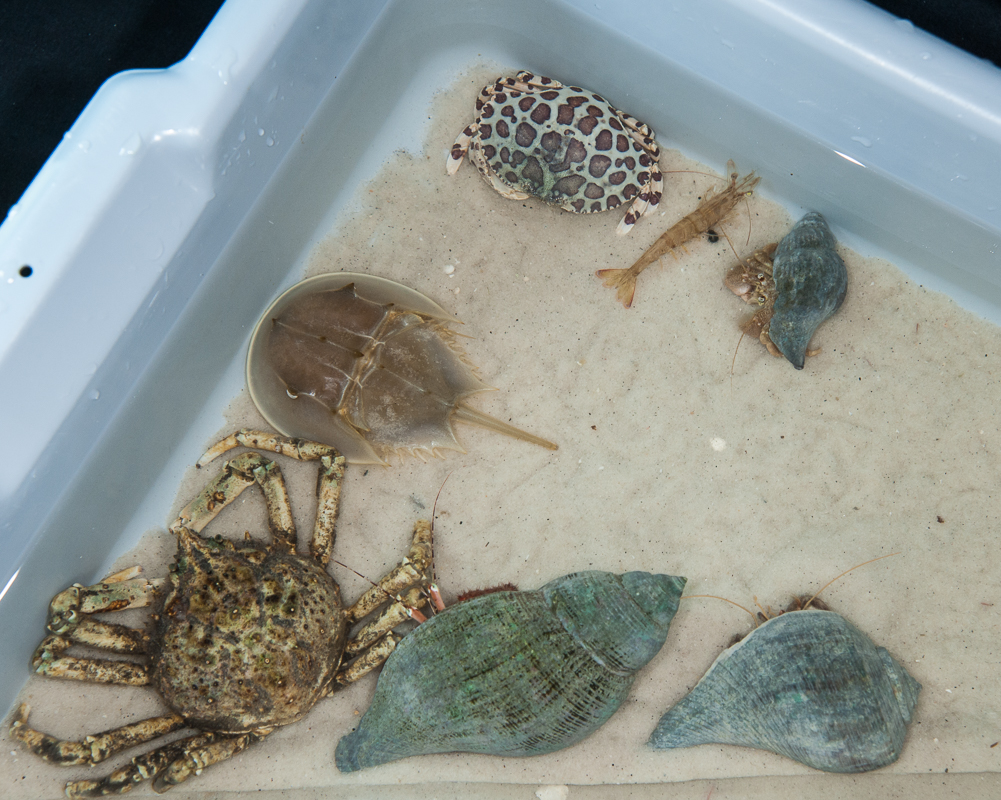
$135.00 – $270.00
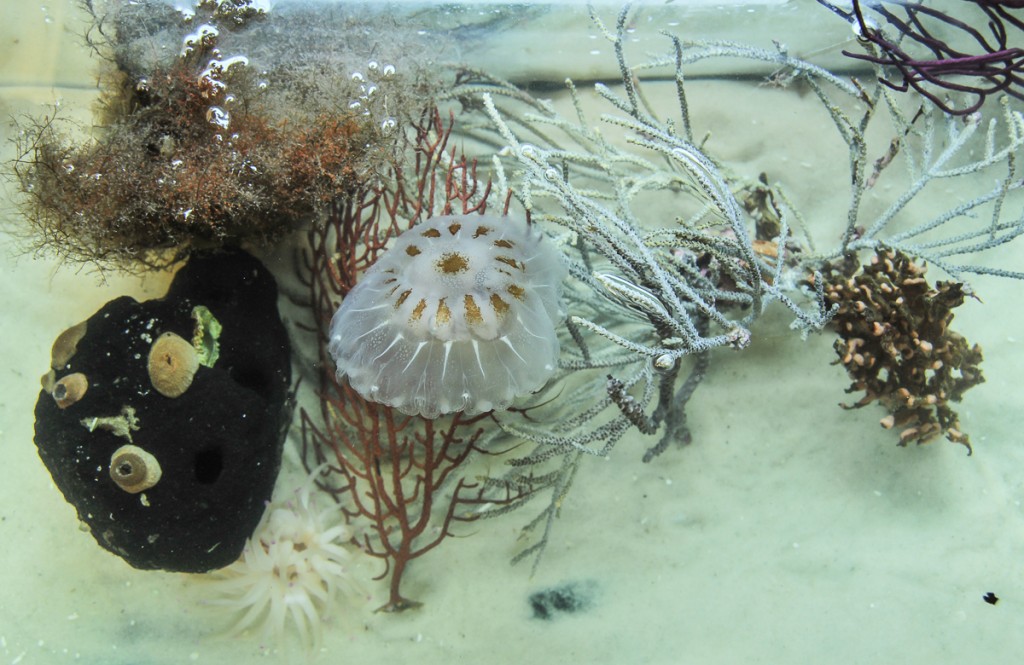
$135.00 – $270.00
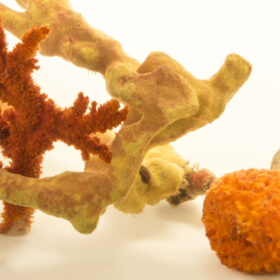
- Included are chitons, clams, mussels, whelks, snails, and nudibranchs. When abundant, scaphopods and/or frilled sea hares may be included.
$135.00 – $270.00
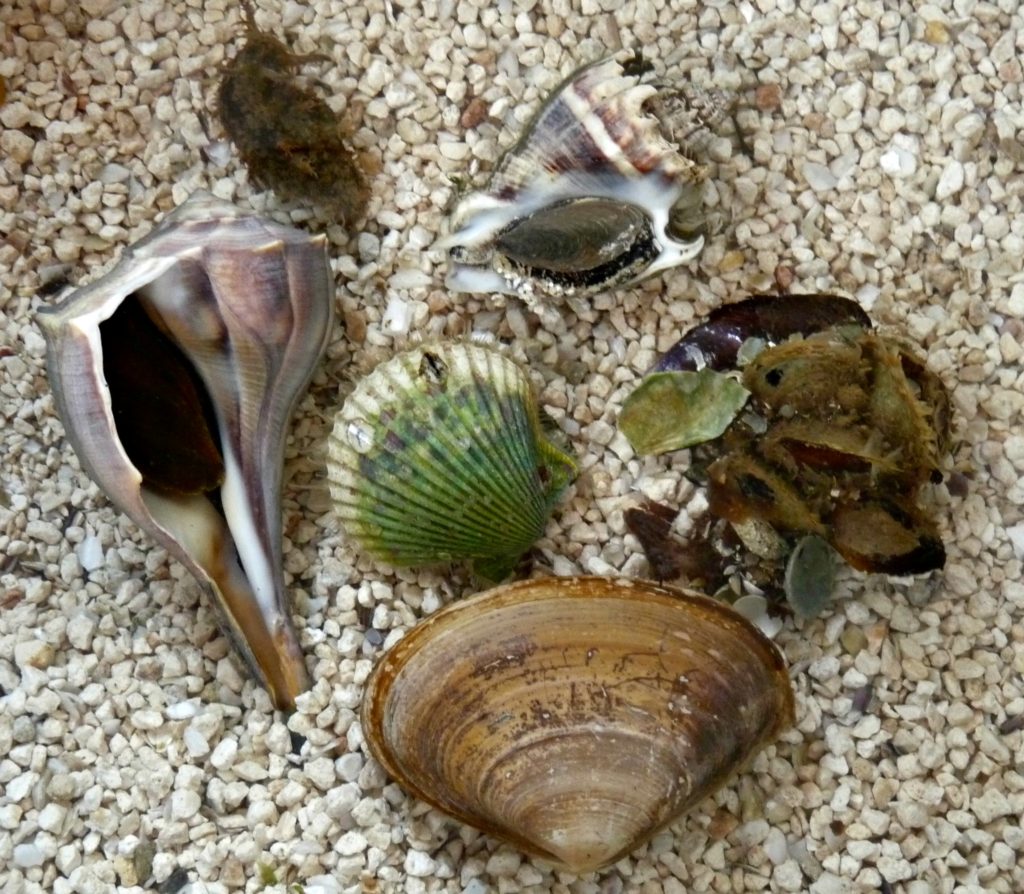
$99.00 – $129.50

$135.00 – $216.50
$135.00 – $191.00
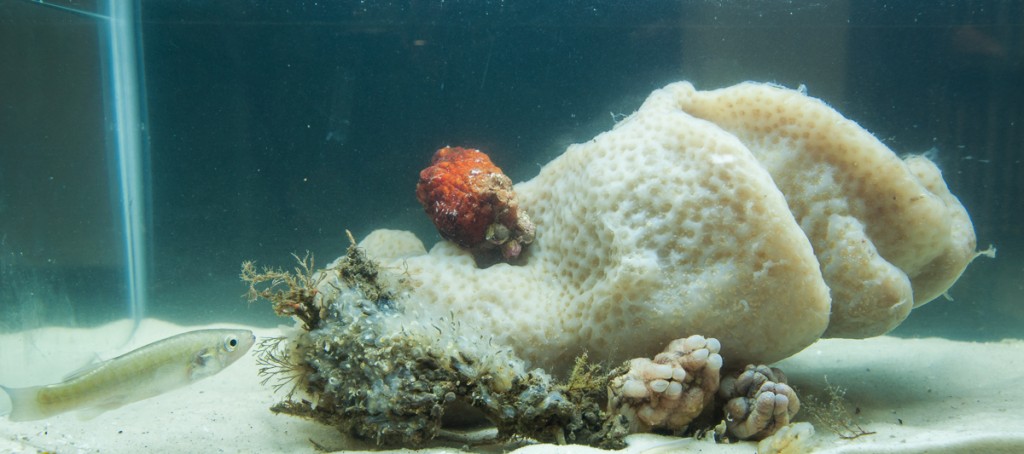
$135.00 – $270.00
Arius felis
Each Dozzen small ---123
Each Dozzen small ---123
Each Dozzen small ---123
Each Dozzen small ---123
$22.50
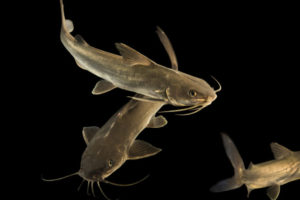
Hardhead sea catfish (Arius felis)
Spheroides nephelus
$25.50
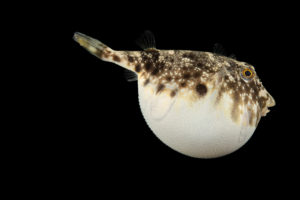
Southern puffer (Spheroides nephelus)
Lactophrys tricornis
$25.50
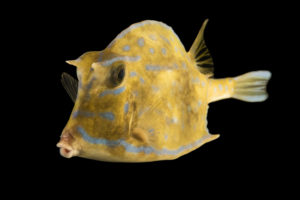
A cowfish (Lactophrys tricornis)
Balistes capriscus
$80.50
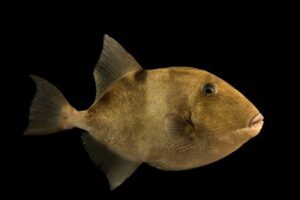
Grey triggerfish (Balistes capriscus) at Gulf Specimen Marine Lab and Aquarium.
Monacanthus hispidus
$13.00 – $17.00
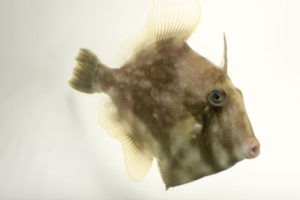
Gobiesox strumosus
$24.50
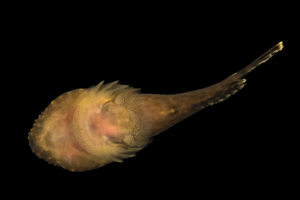
Clingfish or skilletfish (Gobiesox strumosus)
Symphurus plagiusa
$20.00
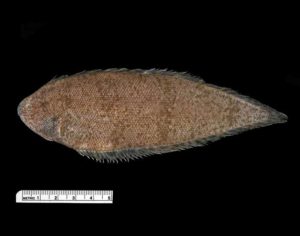
Trinectes maculatus
$22.50
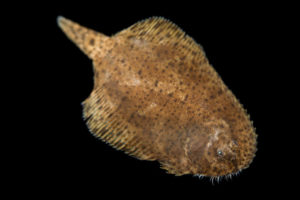
Hogchoker (Trinectes maculatus)
Paralichthys oblongus
$22.50
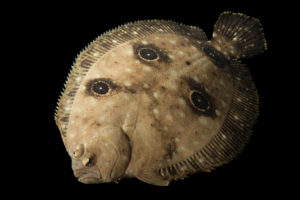
Four-spotted flounder (Paralichthys oblongus)
Paralichthys albigutta
$21.50 – $34.50
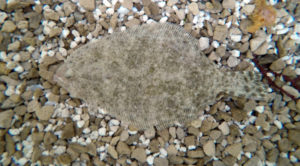
Mugil cephalus.
$22.50
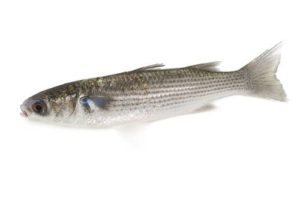
Serranus subligarius
$31.50

Belted sandfish (Serranus subligarius)
Chasmodes saburrae and other species
$17.00
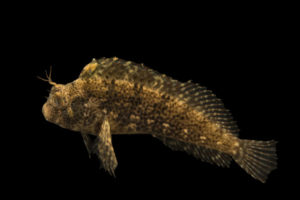
Feather blennie (Hypsoblennius henzi)
Halichoeres bivittatus
$17.50
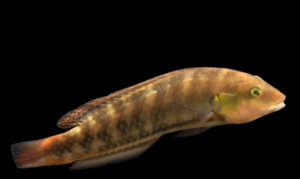
Green wrasse (Halichoeres bivittatus) at Gulf Specimen Marine Lab in Panacea, FL.
Prionotus scitulus, P. tribulus
$25.50

Bighead searobin (Prionotus tribulus)
Scorpaena brasiliensis
$29.00
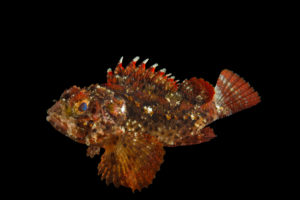
A scorpionfish (Scorpaena brasiliensis)
Chaetodipterus faber
$45.00 – $56.50

Atlantic spadefish (Chaetodipterus faber)
Diplodus holbrookii
$14.00

Lagodon rhomboides
$14.00
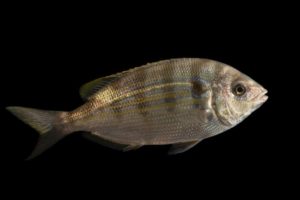
Lagodon rhomboides
$9.50 – $187.00
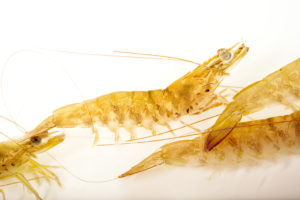
$22.50

$39.00 – $306.50
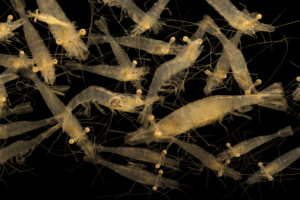
$40.00
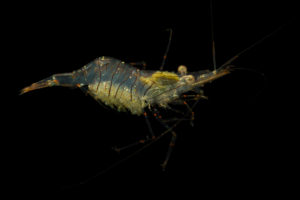
$11.50
